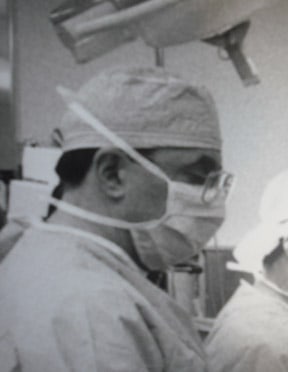Last week, the Wall Street Journal reported on an interesting situation occurring in New York City’s teaching hospitals. Old established US medical schools are upset because offshore schools were paying to have their students do third- and fourth-year clinical clerkships at hospitals that were formerly the exclusive domain of the US schools.
The New York schools are complaining that they are having trouble finding enough clerkship slots for their students.
The mostly Caribbean-based schools were paying hospitals upwards of $400 per week for each student doing rotations.
One Caribbean school, St. George’s, has paid close to $38 million for clerkships to the New York City Health + Hospitals system, which consists of 11 city-owned hospitals, for clerkships over the last nine years.
The money was welcomed by the system, which expects to lose $600 million in operational expenses for fiscal year 2016.
Another interesting fact mentioned in the story was that St. George’s says that this year “831 of its students obtained first-year residency posts at US institutions on their first attempt through the national matching program.” That accounts for about 3% of residency slots offered in the 2016 match. They are really cranking out the graduates.
This clinical clerkships thing has bothered me for many years. In about 1992 when I was chairman of surgery and program director of a university-affiliated community hospital surgery residency, I began to wonder why my department taught three or four medical students at a time, did all their paperwork and evaluations, dealt with occasional crises, and more for free.
The US schools not only didn’t pay their affiliated hospitals to teach their students, in most cases the affiliated hospitals had to pay the schools for the privilege of saying they were a part of a certain prestigious medical school’s system and that their doctors were professors—albeit with the pejorative adjective “clinical” attached to their titles.
Probably the highlight of the Wall Street Journal article was this quote about offshore schools paying hospitals for clerkship positions from the Chancellor of New York Medical College. He said, “It’s immoral. I don’t think human illness is a commodity to be sold in the marketplace.”
What makes this amusing is that the current tuition at New York Medical College is $52,200 not including fees, health insurance, books, food, medical supplies, utilities, housing, transportation, and the ever popular “miscellaneous,” which runs the tab to $81,472 per year for a student living on campus. Living off-campus will cost a student $87,862.
When I enrolled in a private medical school in 1967, tuition was $1200 per year. Using the handy inflation calculator provided by the Bureau of Labor Statistics, I found that $1200 in 1967 is the equivalent of $8555 today.
Medical school tuition has outpaced inflation by 6 times. I agree with the chancellor. I don’t think human illness is a commodity to be sold in the marketplace.
Skeptical Scalpel is a retired surgeon and was a surgical department chairman and residency program director for many years. He is board-certified in general surgery and a surgical sub-specialty and has re-certified in both several times. For the last six years, he has been blogging at SkepticalScalpel.blogspot.com and tweeting as @SkepticScalpel. His blog has had more than 2,500,000 page views, and he has over 15,500 followers on Twitter.



 SkepticalScalpel
SkepticalScalpel